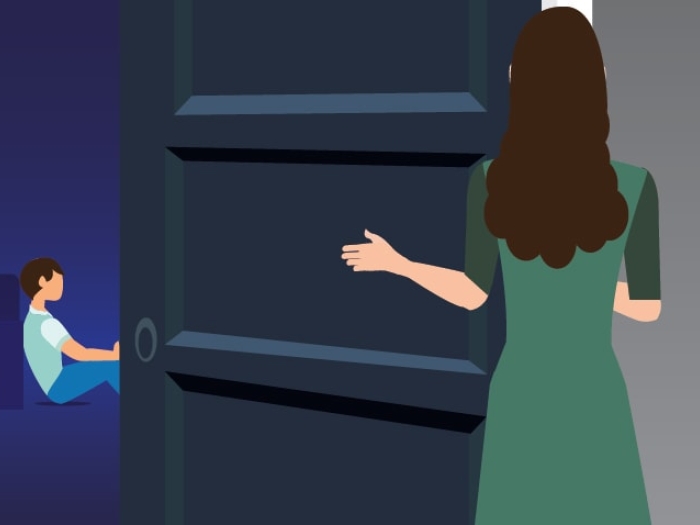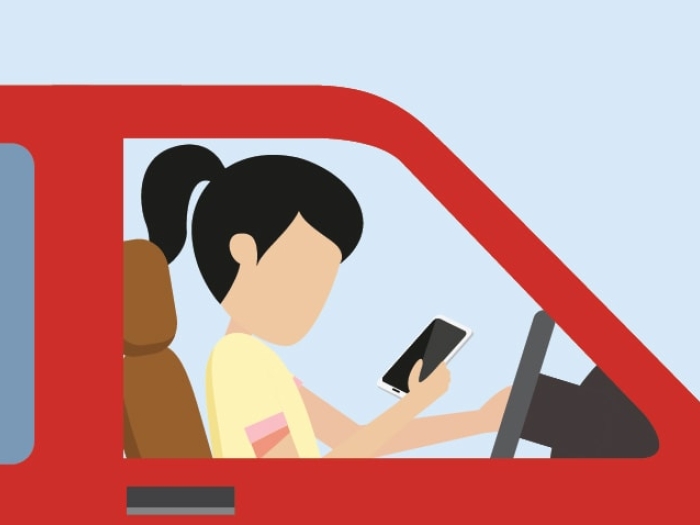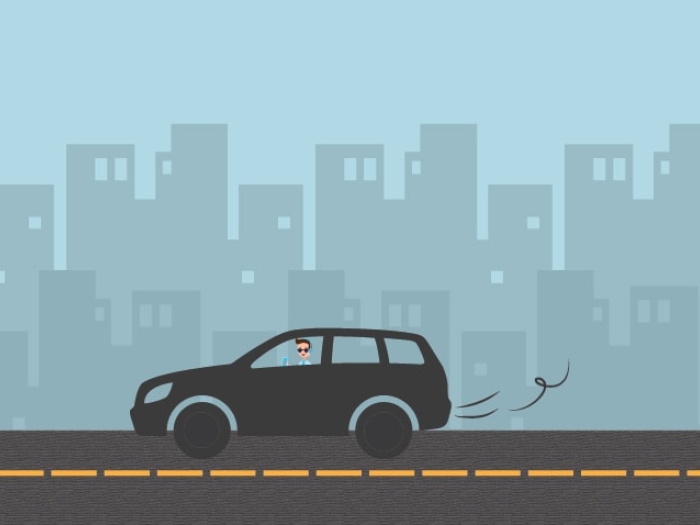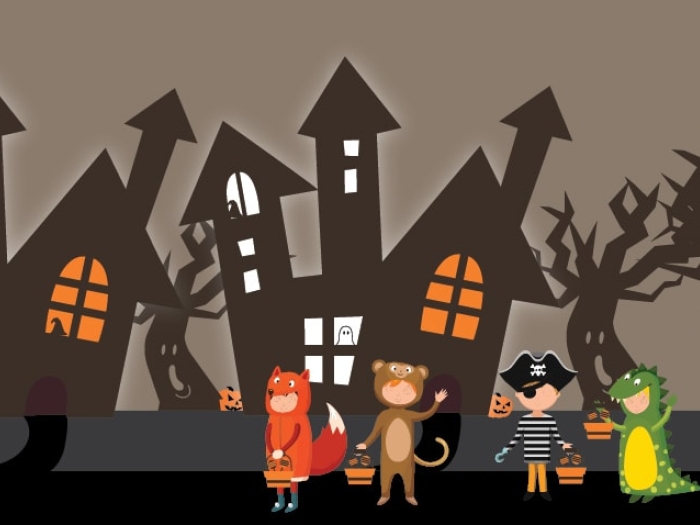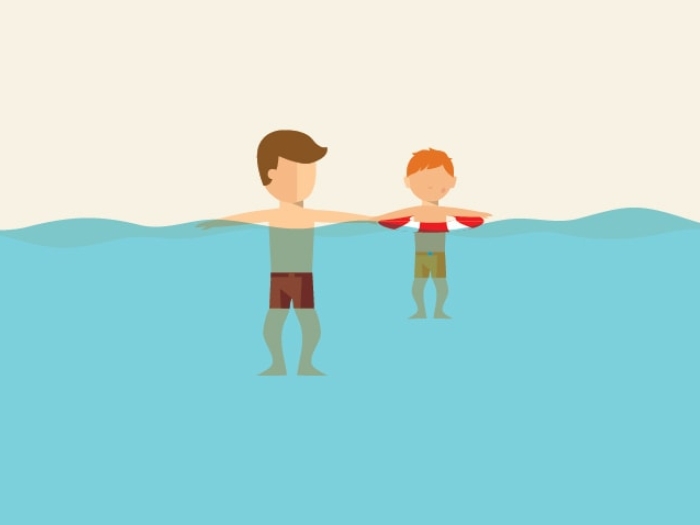Distracted driving behaviors can be deadly, but they're easily avoidable with the proper training. Use these simple tips to help keep your new motorist safe on the road.
7:00 AM
Author |
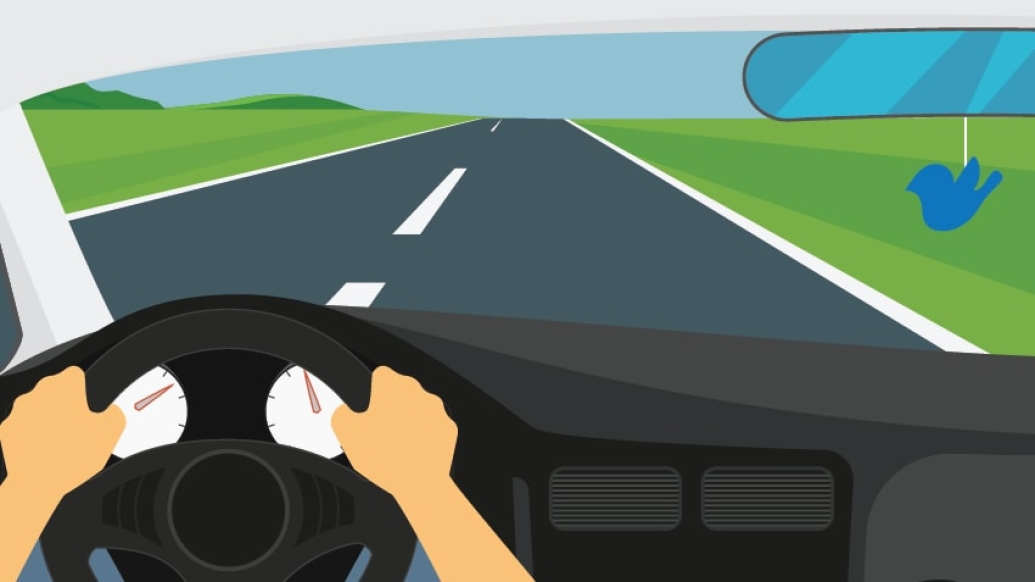
Imagining your teenager behind the wheel can be daunting — and the concern isn't unwarranted, particularly when a new motorist leaves the driveway without a parent.
MORE FROM MICHIGAN: Sign up for our weekly newsletter
Not only do young drivers lack experience, but they're also more likely to engage in risky behaviors while on the road.
Teens were the largest group reported as distracted at the time of fatal crashes in 2015, according to the National Highway Traffic Safety Administration.
Crash facts from the Michigan State Police show that 7,516 crashes involved distracted driving in 2015, resulting in 28 fatalities and 3,472 injuries. Of those crashes, more involved young motorists than any other group.
That's why teens need education beyond basic rules of the road.
Kohl's Drive Smart, a program for distracted driving prevention within the Pediatric Trauma Program at the University of Michigan C.S. Mott Children's Hospital, is working to close that gap.
But the key to fostering safe behavior begins at home. A parent's influence begins long before a child is old enough to drive.
Here is a checklist, with tips from Kohl's Drive Smart, to help families prepare for that milestone:
How parents can help teens drive safely
Model good behavior: Driver's education doesn't start in adolescence. It begins the moment you turn an infant's car seat around. Your teen, after all, has observed your driving habits — good or bad — for more than a decade.
So, ask yourself: Do you maintain focus when you drive? Are your hands on the wheel and eyes ahead? Or does a young passenger watch as you eat, reach down to find something, talk on the phone, send a text or argue with someone? It's likely your child will model these behaviors.
Establish a pre-trip checklist: From the first time a teenager gets behind the wheel — and before he or she ever turns a key in the ignition — teach preparation habits that reduce the risk of distracted driving.
Among the tasks to complete in advance: finding sunglasses, setting music and temperature controls, adjusting mirrors, removing a jacket and setting GPS navigation routes. That way, teens can then focus their full attention on the main task at hand.
Discuss cellphone dangers: A barrage of social media alerts, text messages and pinging emails from a nearby cellphone can be irresistible to ignore. Establish a phone placement and use rule with your teens, and make sure they follow it on each trip.
SEE ALSO: Safe Driving: 5 Ways Kids Can Help
Need ideas? Consider requiring that the phone be placed in airplane mode until a trip is complete. Or that your teen use a cell keeper bag (available for free from Kohl's Drive Smart) to hold the phone and shield its screen while driving. And don't call or text a young motorist when you know he or she is probably at the wheel.
Teach respect for drivers: Passengers are the leading cause of distraction-related crashes. It's crucial, then, to teach younger family members to remain quiet and helpful, no matter who is driving, and for you to speak with other parents about initiating the same conversation.
Establish clear rules about who may ride with a new driver to comply with Level 2 License restrictions — and minimize the capacity whenever possible. For a complete set of rules for each phase of the Michigan Graduated Driver Licensing process, click here.
Set an agreement: Want to drive home the message of safety? Put it in writing. The Kohl's Drive Smart Parent-Teen Driving Agreement serves as a discussion tool and provides a layer of accountability.
It helps set expectations about not using the phone, relying on passengers, making preparations and avoiding distractions when the vehicle is in motion. You and your child can make specific promises and set rewards or consequences for meeting (or failing to meet) terms of the contract.

Explore a variety of healthcare news & stories by visiting the Health Lab home page for more articles.

Department of Communication at Michigan Medicine
Want top health & research news weekly? Sign up for Health Lab’s newsletters today!
